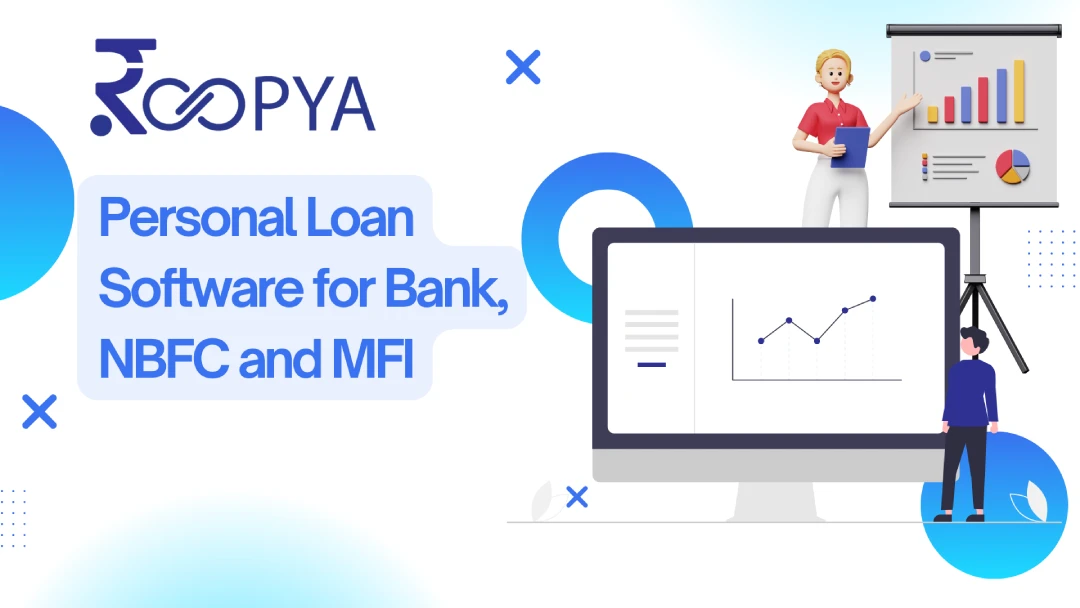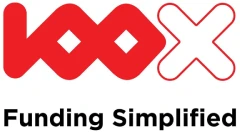| Application Management |
Facilitates the submission, tracking, and management of loan applications. |
| Automated Underwriting |
Utilizes algorithms to assess credit risk and make loan decisions efficiently. |
| Credit Scoring Integration |
Integrates with external credit bureaus to fetch and analyze borrowers’ credit scores. |
| Document Management |
Securely stores, manages, and processes required loan documentation. |
| E-Signature Capability |
Allows borrowers to sign documents electronically, streamlining the process. |
| Loan Calculator |
Provides borrowers with estimates of their loan terms, including interest and payments. |
| Customizable Loan Terms |
Enables lenders to offer flexible terms based on borrower’s eligibility. |
| Payment Processing |
Manages the repayment process, including direct debits and payment tracking. |
| Interest Calculation |
Automatically calculates interest rates and applies them to loan balances. |
| Customer Relationship Management (CRM) |
Manages borrower information and interactions to improve service and retention. |
| Multi-Currency Support |
Supports transactions in multiple currencies for international lending. |
| Compliance Management |
Ensures the software adheres to relevant laws and regulations. |
| Reporting and Analytics |
Generates reports and analytics for better decision-making and compliance. |
| Fraud Detection |
Identifies and prevents fraudulent applications and transactions. |
| Mobile Access |
Offers a mobile application or responsive web design for access on any device. |
| Notification System |
Sends alerts and notifications to users about their loan status and reminders. |
| API Integration |
Allows for integration with other financial systems and third-party services. |
| User Access Management |
Controls access to different features based on user roles and permissions. |
| Loan Portfolio Management |
Enables lenders to manage and track the performance of their entire loan portfolio. |
| Customer Support Module |
Provides tools for customer service, including FAQs, chatbots, and contact forms. |
| KYC (Know Your Customer) Checks |
Verifies the identity of borrowers to prevent fraud and comply with anti-money laundering laws. |
| Regulatory Compliance Checks |
Ensures all loan processes adhere to local and international financial regulations and standards. |
| Data Security and Encryption |
Protects sensitive borrower and transaction information through encryption and other security measures. |




